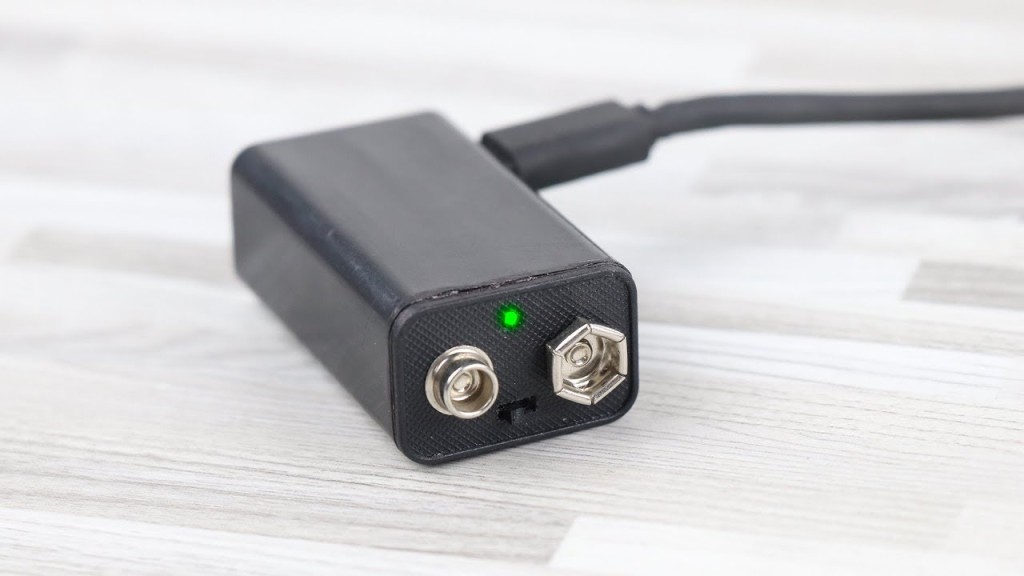Mandatory disclaimer: obvs these aren’t all problems for everyone. But they solve problems for people who have these problems – and they do so elegantly and successfully. Secondly, I’m not a fan of constantly promoting gear. But these solutions are mostly smaller, cheaper solutions than other options
1. Wilkinson Locking Saddles
What are they?
Guitar parts guru, Trev Wilkinson, has made a simple set of Strat bridge saddles that lock the string down with an inconspicuous disc that screws into place with an Allen key. You can buy the entire tailpiece as a unit, but the saddles will fit onto a lot of existing Strat bridges.
What problem do they solve?
You used to have a choice between the simple, low-visual-profile convenience of a Strat trem, or the divebomb proof double locking trems from Floyd Rose, Kahler, etc., that made string changes more complicated and slower, tuning a bigger process, and were visually… very prominent.
With a set of locking tuners and a well-cut nut, these new saddles get you very close to the tuning stability of the Floyd Rose without modifying the guitar physically or aesthetically – and without changing the basic string-change and tuning approach. Players experienced with both systems call the Wilkinson system rock-solid with heavy use.
They don’t make double locking trems redundant. But they do give vintage-style trem players the option of near-equivalence without having to alter the look and structure of their guitars.
2. Maverick Tele Vibrato Tailpiece
What is it?
Staying in the trem area, the Maverick vibrato tailpiece for Tele-style guitars is a quality, versatile whammy system for the guitar that lacked only that.
What problem does it solve?
It’s a secret all over the block that the humble Telecaster is the most tonally versatile electric there is. From the roar of Led Zeppelin to the country chicken-pickin’ of James Burton, right through to jazz and more, the mass-production bolt-on slab can mysteriously do it all – often better than guitars that are associated with a given style.
But if you wanted it to do everything… well… no whammy bar. Previous trem options for this guitar were unsatisfying in a number of ways. Bigsbys retained some of the Tele tone but are not very versatile. Strat type trems would fundamentally change the tone. Both changed the looks.
The Maverick is a full range vibrato (it’s the same tech as their Strat upgrade trem, the Super-Vee) that keeps the looks of a Telecaster (you’d barely notice it was a soft tail when the bar’s not in) while keeping all that tone goodness intact. I was excited about this possibility of the one guitar to rule them all before I knew that Maverick is putting out T-styles with Tokai – my favourite guitar company. But really, why has Fender not done a deal with them?
Sorry about the poor vid quality here. It’s actually mad hard to find a vid that demos how the Maverick retains the base Tele tone. This company needs to up its marketing game
3. Impulse Response Reverb
What is it?
Guitar players have finally realised that impulse responses simulate speaker cabinets better than any other technology. Music producers have similarly long known the reverb IRs beat any other form of digital reverb for accuracy.
What problem does it solve?
Reverb is chaotic. Unlike the simple echoes of delay, reverb reflections pile on top of each other in insanely complex ways that require a lot of maths to simulate digitally, a lot of processing power to do that maths, and it still falls well short of the natural effect. Impulse responses capture natural reverb and then convolve them with your dry signal to give responses that are often indistinguishable from the original space – or analogue reverb units.
But only two pedals have ever existed to let guitar players use this live without lugging a laptop. These ‘verb IRs are measured in seconds, not the milliseconds of cab IRs. Cab IR loaders simply can’t handle reverb IRs. The Logidy EPSi (discontinued) from 2014 and the new Poly Digit both host reverb IRs up to 6 and 4 secs for the EPSi the Digit respectively – enough to make live use of all but the longest reverbs. These units come with masses of reverb IRs captured from analogue reverb devices and physical spaces. But, as with cab IRs, you can also load your own – which you can make, download for free, or buy from specialist companies.
If you’re serious about your reverb quality (I can’t unhear the digital fizz in the tails of the latest algorithmic pedals), or you want the unbelievable choice of both natural and effects reverbs you can get from IRs, this is the way to go. The Digit is more expensive than the EPSi was. But it’s a whole effects processor that does an incredible amount for a $400 pedal (hosts cab IRs simultaneously, crazy delays, power amp sims, and much more).
4. Lithium-Ion 9v Batteries

What are they?
They’re your classic, blocky little 9v batteries. But producing electricity with rechargeable Lithium-Ion cells instead of the traditional alkaline cells.
What problem do they solve?
Why do we need 9v batteries in 2020? The one for your active electronics lasts for years. You’ve got a power supply for your pedals.
But you may have, like I do, old pedals without 9v power sockets. I have a ’90s Fuzz-face reissue and a ’90s Vox Wah reissue. Instead of modifying these pedals, I can just shove a 9v battery in. And if, like me, you often wind up leaving pedals plugged in and drain the batteries, I no longer have to buy new ones. I just recharge with a basic USB cable.
Or you may be a person who almost goes straight into the amp. Maybe you have one fuzz pedal. Or a ‘verb pedal for an old amp. Or you just need that pedal tuner and you’re as dumb as me and often run the battery down. Rechargeable. Cheap. No cables. No signal noise.
5. The Digitech Mosaic 12-String Pedal
What is it?
It’s a pedal that adds high octaves for your 4 lowest strings, and unison doubling for the two highest, to successfully mimic the sound of a 12 string guitar.
What problem does it solve?
Great electric 12 string guitars are much cheaper than they used to be. A Danelectro 12 – which is somewhere between a Rickenbacker and a Fender XII in jangle – is about $500. Problem is, you’re probably buying it for occasional use. And what if you want to play The Byrds Tambourine Man on one track and Zeppelin’s Stairway on another?
The Digitech Mosaic lets you plug in your 6 string and get both the uber Rickenbacker jangle and the barely-a-twelve-string sound of the Gibson. Both of those guitars cost thousands of dollars. Both are only used occasionally by most bands. And both can therefore be a pain to lug to gigs along with your other guitars. We won’t even talk about tuning.
For just over a third the price of the Danelectro, the Mosaic gives you bang-on polyphonic tracking to do the Gibson (with the tone way down) or the Rickenbacker (with it cranked up) in a stompbox that you don’t need to tune.
You can also switch between 6 and ’12’ strings without deforming your spine with a double-neck. Put it between an acoustic piezo and an acoustic IR, and I reckon it’d be a damn good acoustic 12 too for the big Tom Petty style anthems.
For those of us who can’t stand the sound of chorus pedals, it’s also a completely different sound for fattening up a single guitar – which was, after all, the point of a 12 string guitar in the first place.

